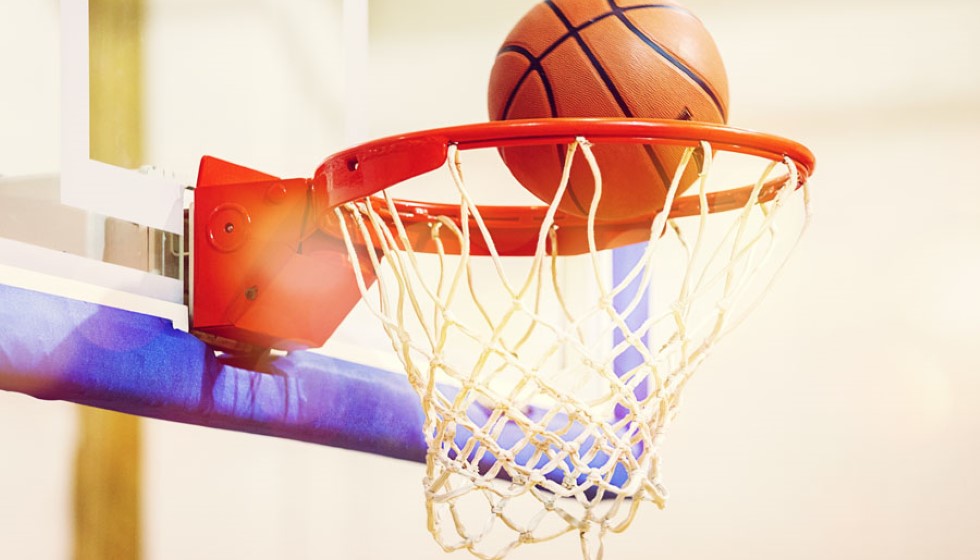
The National Basketball Association (NBA) is set to unveil a forward-thinking policy designed to regulate cell phone and social media usage by its players and coaches during games. This policy overhaul is indicative of the NBA's proactive approach in adapting to modern demands while ensuring that the integrity and focus of the game remain intact.
Historical Context and Collaborative Development
This upcoming revision finds its roots in a policy colloquially referred to as the "Villanueva rule," which was first introduced in 2009. Over a decade later, the NBA recognizes the necessity to update its rules to fit the rapidly-evolving technological landscape and the increasing integration of social media into athletes' lives. Importantly, the update process has been marked by collaboration, with the NBA and the National Basketball Players Association (NBPA) working in tandem to formulate the new guidelines.
The partnership between the league and the players' union is a crucial element, highlighting a shared commitment to developing rules that respect both the league's operational concerns and the players' personal and professional needs. It ensures that the policies are not just top-down mandates, but rather agreements that reflect the perspectives and interests of all stakeholders involved.
Defining "During Games"
A significant new definition introduced in the policy is what constitutes "during games." This restricted period now spans from 45 minutes prior to tip-off until all post-game media commitments are completed. By framing this window more clearly, the NBA aims to minimize distractions and prevent potential breaches of focus during crucial times.
The Gambling Factor
One of the driving forces behind this revision is the NBA's increased awareness and concern over legal sports gambling. The league is keenly aware of the risks that unchecked communication and social media usage could pose, particularly relating to the dissemination of insider information. This concern was underscored by the case of Jontay Porter, who faced a lifetime ban after allegations of providing confidential information to bettors—a stark reminder of the severe repercussions such leaks can have.
A Centralized Communication Strategy
To combat the potential for insider information leaks, the NBA has instituted a measure by which there will be a single point of communication accessible to players and coaches during the restricted use period. This strategy is aimed at safeguarding the integrity of the game by ensuring that any necessary communication during this time is controlled and monitored.
A Question of Consequences
Despite the significant changes introduced by the revised policy, the NBA has yet to disclose the specific punitive measures for those who breach these new guidelines. The absence of detailed consequences leaves room for speculation, underscoring the importance of clarity and transparency in future communications from the league regarding enforcement.
Varied Team Approaches
Interestingly, some NBA teams have already taken the initiative to implement their own stricter regulations concerning cell phone and social media usage, which go beyond what the league mandates. This step reflects varying team philosophies about discipline and focus and highlights a recognition of the potential impacts—both positive and negative—of technology on athlete performance and game integrity.
The NBA's effort to define and discipline digital engagement is a testament to its commitment to maintaining the sanctity of the game amidst the plethora of challenges presented by the digital age. This policy shift not only seeks to protect the league from gambling-related controversies but also strives to draw a clear line between engagement with fans and the potential distractions that might hinder players' performances.
In this era where the boundaries between on-court performance and online presence are increasingly blurred, the NBA's revised policy symbolizes a balancing act between modern realities and the timeless need for focus and professionalism in sports. It is a decisive step—portraying both vigilance against external threats like gambling and leveraging collaboration with players to create a coherent and fair framework.